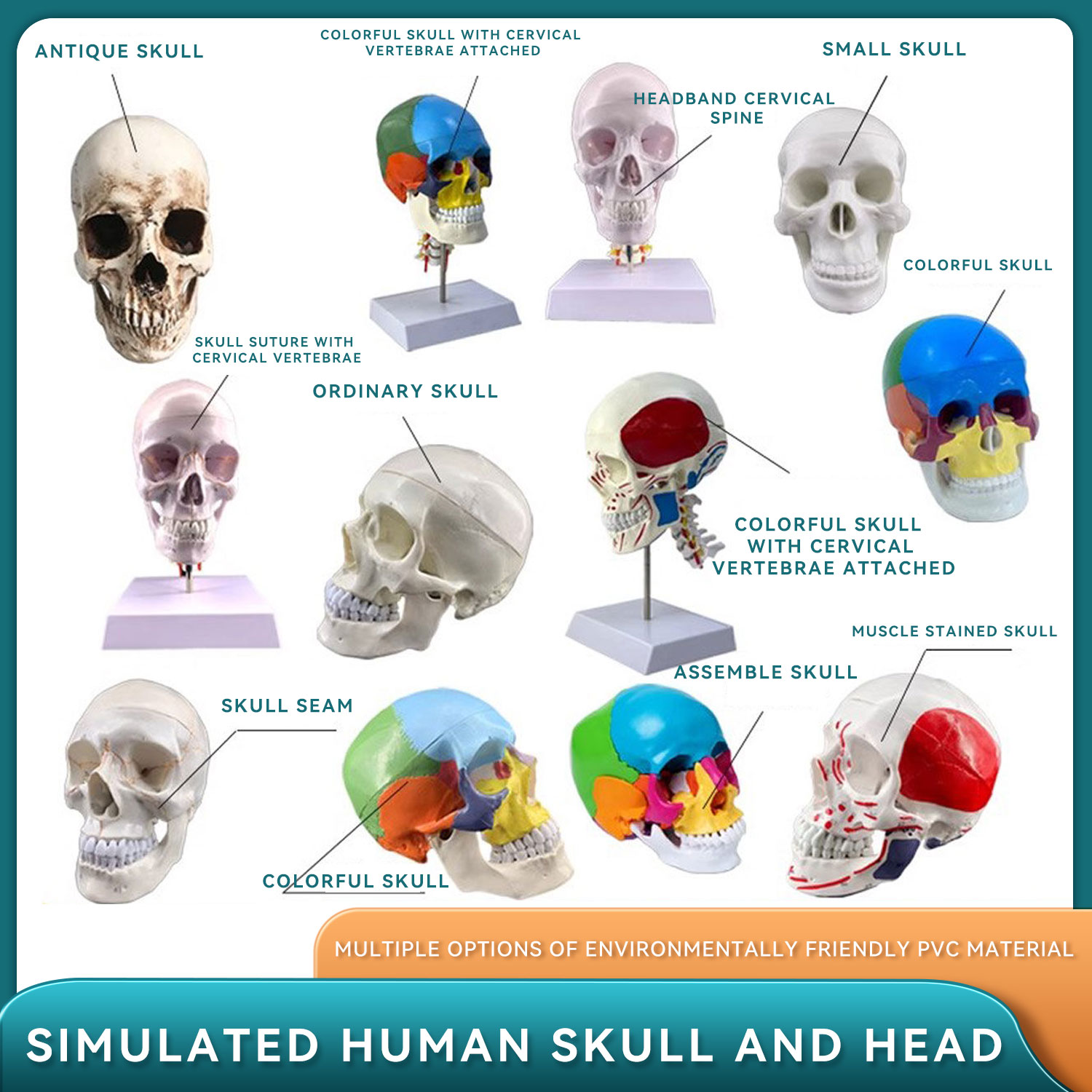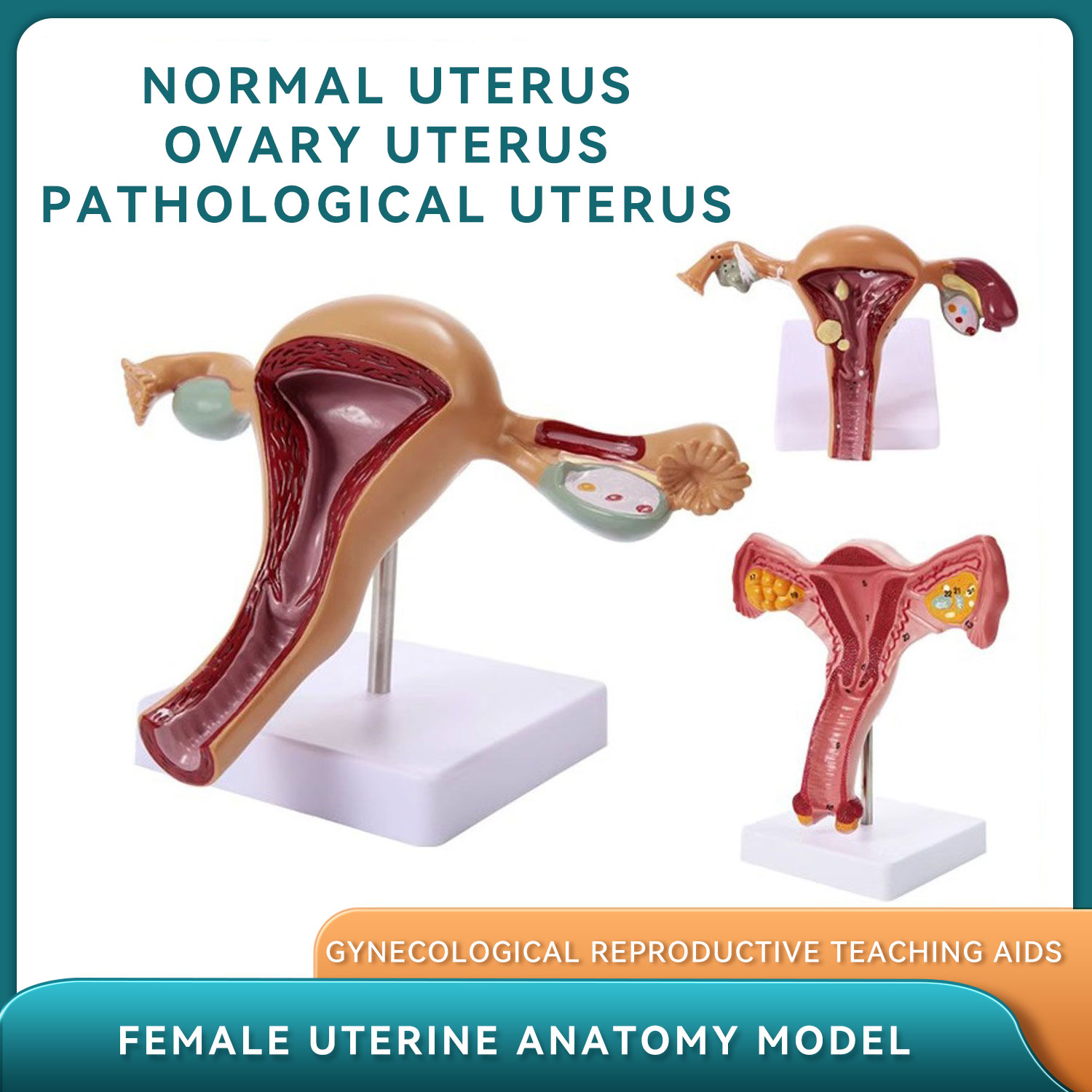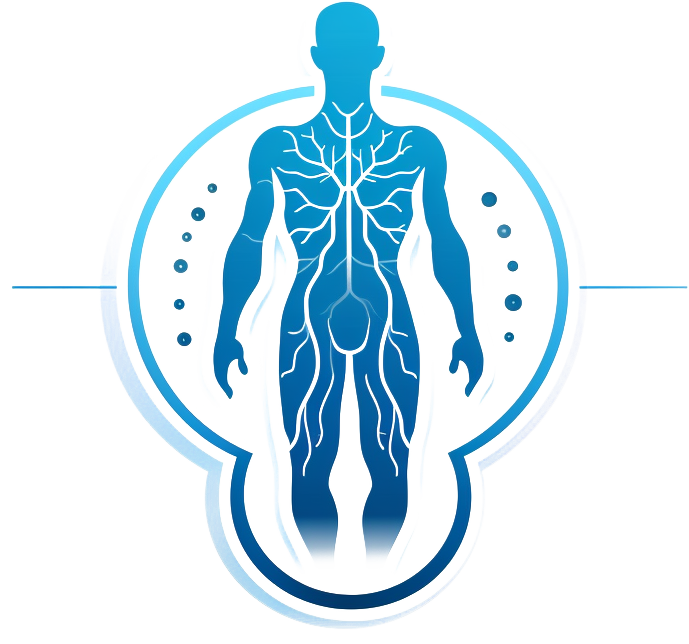Human Liver Model with Gallbladder, Pancreas, and Duodenum – Anatomical and Pathological Digestive System Teaching Aid
Reference product link:https://www.yddol.com/products/67.html
Our Simulated Human Liver Model series is a comprehensive collection of digestive system teaching tools, designed to accurately represent the liver anatomy, gallbladder, bile ducts, pancreas, spleen, and duodenum. These models are widely used in medical education, clinical training, and patient communication, offering clear, visual explanations of both normal structures and common pathological changes.
Whether you're demonstrating hepatic blood supply, biliary system structure, or diseases such as fatty liver, hepatitis, cirrhosis, gallstones, or pancreatic cancer, our models provide exceptional detail and clarity.
✅ Normal Liver Anatomy Model
Shows liver lobes, ligaments, porta hepatis, gallbladder, and biliary system.
Includes 22 labeled anatomical parts.
Ideal for understanding liver segmentation and gallbladder function.
✅ Liver Vascular and Biliary Model
Displays liver lobes, blood vessel branches, intra- and extrahepatic bile ducts.
Color-coded for clear identification of portal vein, bile ducts, and hepatic vasculature.
Mounted on a detachable base. 17 labeled features included.
✅ Pathological Liver Model
Demonstrates common liver diseases such as:
Fatty liver
Hepatitis
Cirrhosis
Liver abscesses
Cholecystitis
Gallstones
Excellent for disease education and clinical explanation.
✅ Colored Pathological Liver
Visually striking model using color differentiation to display pathological regions.
Ideal for lecture display and patient consultation.
✅ Liver-Pancreas-Duodenum Model
Detailed structures of the pancreas, duodenum, and spleen included.
Includes key vessels like celiac trunk and portal vein.
Useful for gastrointestinal anatomy and surgery teaching.
✅ Liver-Pancreas-Duodenum Pathology Model
Displays pathological changes in pancreas, duodenum, and gallbladder, including:
Cholecystitis
Polyps
Duodenal ulcers
Pancreatitis
Pancreatic cancer
✅ Normal Liver-Pancreas-Spleen Model
Represents healthy anatomy of the pancreas, spleen, and duodenum.
Suitable for clinical training and foundational education.
✅ Pathological Liver-Pancreas-Spleen Model
Combines normal anatomy with pathological presentations.
Ideal for both student training and doctor-patient communication.
✅ Embossed Liver-Pancreas-Duodenum Model (Whipple Reference)
Shows liver, bile ducts, pancreas, and duodenum in relief style.
Suitable for explaining digestive anatomy and Whipple procedure (pancreaticoduodenectomy).
Great for surgical education and preoperative communication.

 Human Liver Model with Gallbla
Human Liver Model with Gallbla
 Simulated Human Skull Model: R
Simulated Human Skull Model: R
 Human Spine Model: Simulation
Human Spine Model: Simulation
 Anatomical Model of Human Fema
Anatomical Model of Human Fema




